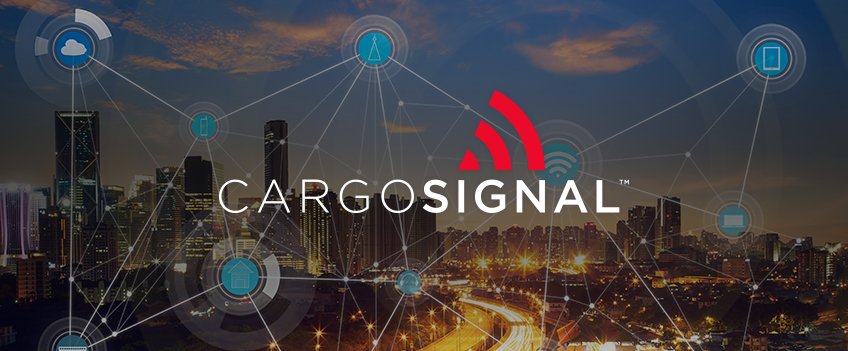
This week we feature guest author Randy Gould, Global Director for Cargo Signal. Cargo Signal offers global control and oversight of the location and condition of the products moving through your supply chain. Through active, real-time monitoring using advanced cargo sensors, Cargo Signal’s team of security and logistics professionals will keep an eye on your shipments and take steps to respond based on your priorities. Cargo Signal is a wholly-owned subsidiary of Expeditors International of Washington, Inc.
Many companies today are attempting to harness the so-called Internet of Things (IoT), a powerful technology trend leveraging the internet and low-cost sensors to create unparalleled new levels of visibility and performance. Some industries have embraced the technology while others are struggling to adapt.
The divergence has been acute in the supply chain, where some companies are leading the way with sensor-based logistics offerings, while others remain set in their old ways.
Among the early-adopters who saw the IoT in logistics vision early on, some companies have been dropping their IoT projects due to lack of budget, enthusiasm, or executive support while others are making significant advancements.
What are the critical success factors that have separated the more successful projects from the less successful ones?
Here are five factors that may help your IoT project live up to your vision of the IoT future:
1. Taking time to understand what sensor data is available and what it could mean to your business
Sensor data is powerful, but it needs analysis and interpretation in order to be useful to business decision makers. Get key business owners to understand the capabilities and allow them to think about how it may affect their areas of responsibility. Can you conduct a dwell time analysis of your supply chain? Understanding where cargo sits longer than expected can help avoid delayed cargo on future shipments.
2. Taking time to ensure that all of the required stakeholders are involved
Departments that may need to be engaged range from product design, quality assurance, security, sales, engineering, knowledge leadership, supply chain, and procurement. Understanding the cross-functional benefits will help raise the profile of your project with multiple groups.
3. Making sure your analysis continues once the data starts flowing
Sensors are great at producing a ton of information, but who is turning that information into insight? Having the right people and tools to take sensor data and make it easily consumable by the right users will make or break a project’s perceived business value. Remember to dive deep into certain areas. For example, for a logistics project, understanding the handling of cargo at key touch points will often highlight areas of risk previously unknown.
4. Calculate the true potential ROI – beyond the hard costs
It’s new technology, so just spending money to try it out is not going to add the value needed within your organization to build an effective business case. Have you quantified the “soft cost” savings of current manual processes becoming more efficient? In many logistics departments, manual tracking methods pile on costs and rework; understanding that impact is paramount, and is not always readily apparent in the P&L.
5. Understanding what criteria will convert your project from an “innovation fad” to lasting business value
It is new, cool, and innovative technology, but that shouldn’t be the only reason to have a successful IoT project. Lasting business value will need to be created if your project is going to move out of “project” status and into the key processes of your company.
These critical success factors have the ability to take your IoT project to the next level or get it de-prioritized. Remember to learn the market capabilities, survey across departments, calculate a return on investment, and bring lasting value to your organization through the adoption of disruptive technology.
Contact Cargo Signal if your IoT project is supply chain related and they can help accelerate your project with a workshop.




